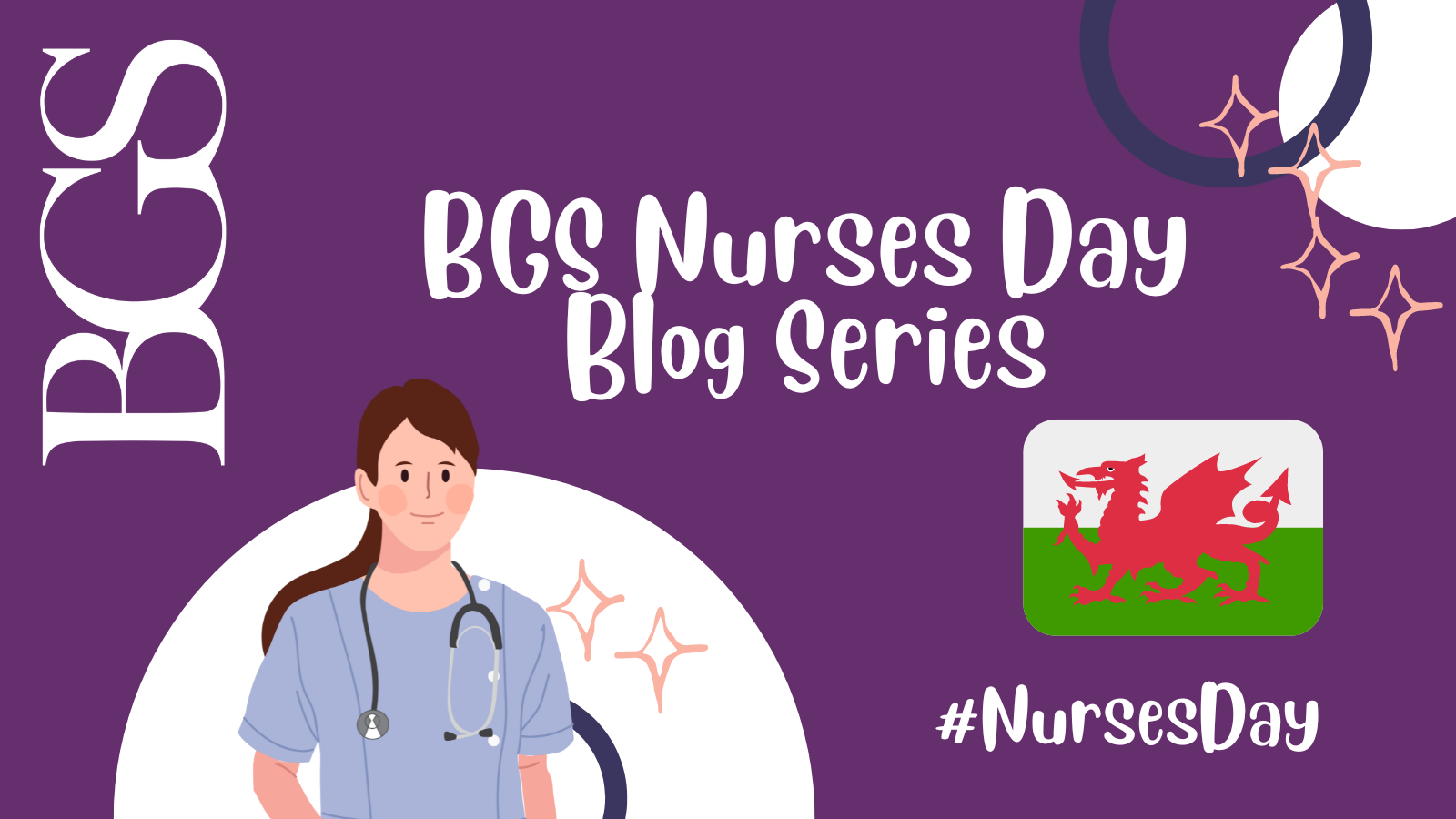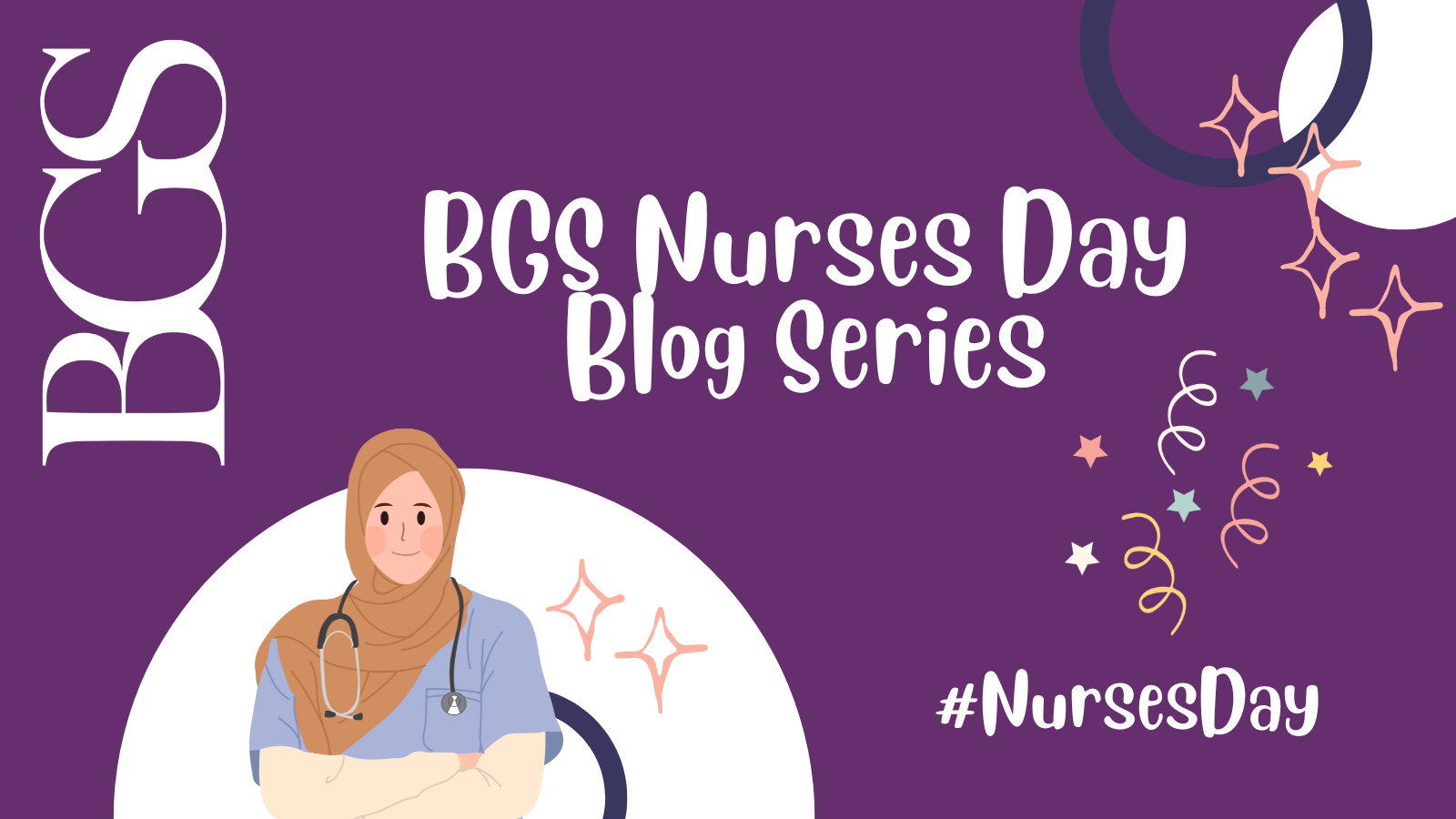Dr Wendy Mashlan is the Lead ACP Acute Frailty/COTE medicine at Princess of Wales Hospital. She has recently completed a Doctorate in Professional Practice. Her research focused on acute frailty interventions by ACPs in a CDU in South Wales. She tweets @MashlanWendy
Over the past 20 years we have seen a proliferation of Advanced Nurse Practitioner (ANP) roles emerge across all services. The ANP role is testimony to the nursing profession being dynamic, progressive, and adaptable to the changing needs of the National Health Service. I have been an ANP for 20 years with Acute Frailty and Care of the Elderly secondary care medicine. My role has supported the clinical care and management of older frailer patients who present with multiple complexities through a Comprehensive Geriatric Assessment (CGA).
The following story aims to support the value of the ANP role in undertaking a CGA for a patient who presented with medical, social, function and mobility concerns.
Mrs J is an 88-year-old lady who was admitted following a fall and presented with right sided weakness. The stroke team provided a post-take medical review. A Cat Scan of her head was undertaken which, identified cerebral and cerebellar atrophy nil acute. The stroke team felt that Mrs J had not had a stroke event. Mrs J was then referred to me for assessment.
A full review of Mrs J’s medical issues was undertaken and included a full history surrounding her admission. Mrs J reported that she had experienced several falls over a number of weeks. On each occasion she became unbalanced when trying to get up at night to use the toilet. She was found on the floor by her husband to whom she is the main carer for (he has dementia and stroke). She tried to get up off the floor but could not. Mrs J did not report any precipitating symptoms and did not experience an LOC, she did however report that she had been feeling less able to carry out functions in the home and that she had been struggling to mobilise for a while. Neither she nor her husband relied on support from Social Services and their only daughter called daily to provide help with household tasks. Mrs J was admitted into hospital, by ambulance, which had been called by her husband.
Mrs J had been given a diagnosis of CA lung in 2017 but declined treatment. She was currently undergoing investigations for Renal Cell Carcinoma (RCC) of which the results confirmed the presence of a cancer. Mrs J was quite clear that should this confirm RCC she would not wish to have treatment. A number of other multiple co-morbidities were also identified. Mrs J had also made clear on admission that she did not want to be resuscitated if she should clinically deteriorate – a Do not attempt cardiopulmonary resuscitation (DNACPR) form was noted to be in place.
A full review of her blood and investigation profile was undertaken. A number of anomalies were identified which included hyponatremia, and hypercalcemia 2.95, HB 70 and MCV 63. Chest x-ray showed a right upper lobe mass. The presenting hyponatremia was noted to be a chronic issue although marginally lower than prior level, the corrected calcium was an acute rise and both anomalies were felt to be related to dehydration, although given the background of CA lung and potential Renal Cell Carcinoma a paraneoplastic cause was also considered. On review of her full blood count a picture of iron deficiency anaemia was noted. This had been evident for 2 years and had not been addressed. Given Mrs J complained of feeling weak and lethargic I felt that this required treatment with iron replacement.
Review of pharmacology revealed polypharmacy (5> medications). Her Anticholinergic Burden Calculator (AC) score was 0. Mrs J was noted to be on a thiazide diuretic used to treat her hypertension.
On examination, I found a very pleasant pragmatic lady, who was quick to tell me that she had CA lung which she did not want treated. Mrs J explained her home circumstances and acknowledged that she was failing to cope with her own needs, let alone the needs of her husband, and required support on discharge from hospital.
Mrs J was a petite lady, who was well oriented to time and place, her pallor was pale, and there was no evidence of jaundice or cyanosis. She appeared clinically hydrated with no evidence of oral candida. Her chest was clear and her heart sounds normal, there was no raise in the jugular venous pulse (JVP) or evidence of leg oedema, her abdomen was soft, not-tender, she had passed urine (no incontinence) and her bowels opened that morning (normal stool). Power in upper limit and lower limit was scored as 4/5 (mild loss of power globally), her reflexes and tone were normal and there were no cerebella signs to note. Gait assessment was not possible due to the fact that when asked to stand from the chair, Mrs J struggled to do so.
Her vital signs were reviewed: BP 120/70– a slight postural BP was noted, HR 76, Sats 97% RA, RR 14, Temp 36.7®c.
The main issues noted from the assessment were:
- Retention of urine second to constipation
- Multiple fall events
- Reduced mobility
- Reduced function and ability to cope at home
- Iron deficiency anaemia
- New RCC and background CA lung
Multi-professional involvement was essential to ensure that all identified problems were addressed. Referrals to the physiotherapist and occupational therapist were made with a view to assessing and managing her functional and mobility issues and helping to plan the level of care and support required for Mrs J on leaving hospital.
Mrs J received her IV Iron transfusion, her constipation was fully treated and her trial without catheter was successful. Her bloods were repeated which showed her sodium level had improved and her corrected calcium level was back within a normal range. Mrs J was mobile with a Zimmer frame but still required help to wash and dress. A referral was made to the community resource team for a package of care to support Mrs J and her husband on discharge. Mrs J spent 1 week in hospital before being discharged back to her own home with care.
My role as ANP is an alternative role to that of the medical physician and has supported an exciting and rewarding career pathway. As an ANP, my advanced clinical and assessment skills, alongside my knowledge and experience in frail older persons medicine, enabled me to carry out a robust clinical assessment and management of all Mrs J’s presenting needs. Alongside this, I was able to identify the need to involve physiotherapy and occupational therapy as a means of assessing and improving her mobility and function which in turn, enabled us to identify the support she required to return to her own home. Involving the patients in key decisions around their care and discharge from hospital is important. It highlights a values-based, person-centred approach to care and management. In the case of Mrs J, she was quite clear that she wished to return home and that she did not wish to receive any aggressive interventions – maintaining a good quality of life, for as long as possible, was the most important thing to her. Developing clinical services that challenge the traditional methods of clinical care delivery are imperative to ensure that patients who are admitted into acute hospital admission services are provided with specialist care and management; my role as an ANP in acute hospital admission services has supported this position.

